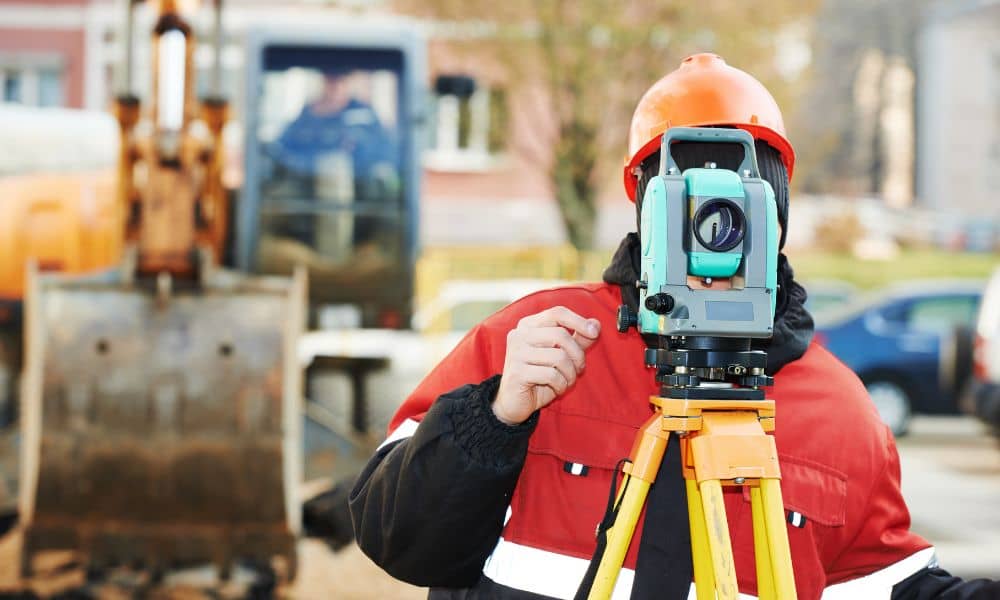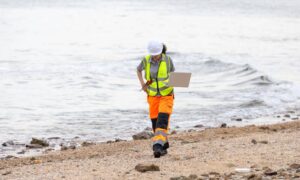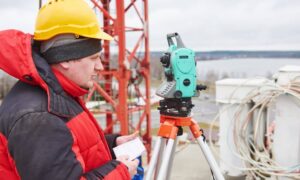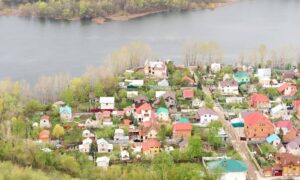
Flooding is a big problem for many cities, and Chicago is no exception. Heavy rains and rising water can damage homes, roads, and entire neighborhoods. To manage this risk, planners and engineers need accurate information about the land. That’s where topographic surveys make a huge difference. These surveys show the shape and slope of the ground, helping people understand where water will flow and how to keep properties safe.
What Are Topographic Surveys?
A topographic survey is a detailed map of the land. It shows elevations, slopes, drainage paths, and both natural and man-made features. Surveyors may record hills, ditches, rivers, trees, roads, and buildings.
This information is important because water always follows gravity. If you don’t know where the low spots are, you could build in an area that collects water. In places near the Chicago River or flood-prone parts of Cook County, a topographic survey helps prevent serious mistakes before construction begins.
The Link Between Topographic Surveys and Flood Risk
Floodwater does not move randomly. It follows the shape of the land. Topographic surveys reveal how water will travel across a site during heavy rain.
For example, if the land slopes toward a basement or parking lot, flooding is more likely. In Chicago and its suburbs, planners use survey data to find these weak spots and design better drainage. Even outside Illinois, the same idea applies: the survey shows where water will pool and where it can escape.
How Engineers Use Topographic Survey Data
Survey data helps engineers make smart choices, such as:
- Designing drainage systems that move water away from buildings.
- Setting building elevations above possible flood levels.
- Adding ponds, ditches, or swales to hold extra water.
- Meeting city and county rules for floodplain management.
For instance, a housing project in Chicago’s North Side cannot move forward without accurate elevation data. Without it, the design could put families at risk during the next heavy storm.
Benefits of Topographic Surveys in Flood Planning
Getting a topographic survey is more than just a step in construction—it’s an investment in safety. Some key benefits include:
- Accurate predictions of how water will move across the land.
- Lower costs, since it’s cheaper to prevent damage than to repair it.
- Better safety, protecting people, homes, and businesses.
- Stronger decisions for developers, cities, and property owners.
In simple terms, a survey cannot stop the rain, but it can prepare you for it.
Technology That Improves Topographic Surveys

Surveying has advanced with new tools. Drones, LiDAR, and GIS mapping now allow surveyors to collect data quickly and with high accuracy. In Chicago, where construction timelines are tight, these tools save both time and money.
These modern methods also make detailed topographic mapping possible, turning raw data into digital elevation models that simulate how water will act during storms. With this level of detail, engineers can see potential flood risks before a shovel even touches the ground.
When Should You Get a Topographic Survey?
A topographic survey is useful in many situations, such as:
- Before buying land in a flood-prone area.
- When planning subdivisions, commercial projects, or new roads.
- If you need permits to build near a floodplain.
- When applying for flood insurance or updating an elevation certificate.
Many property owners near the Des Plaines River request topographic surveys for insurance and building approvals.
Conclusion
Floods can’t always be stopped, but their impact can be reduced with the right planning. The right topographic survey solutions give residents, engineers, and city officials the insight they need to understand land conditions and prepare for heavy rains.
Whether you are building in downtown Chicago, developing in the suburbs, or managing rural land in Illinois, the same rule applies: know the land before you build. A professional topographic survey is a small step that protects homes, businesses, and communities from future flood risks.
FAQs
1. How long does a topographic survey take?
A small lot may take a few hours. Larger sites may need a few days. In Chicago, weather and access can also affect the schedule.
2. Do I need a topographic survey by law?
Not always. But many cities and counties ask for one before they approve building permits, especially in flood zones.
3. How much does a topographic survey cost?
Costs depend on land size and location. Busy areas like downtown Chicago may cost more than suburban or rural properties.
4. Can I use an old survey for flood planning?
It’s risky. Land changes over time because of grading, erosion, or new construction. A fresh survey gives more accurate results.
5. Who usually requests a topographic survey?
Developers, engineers, architects, city planners, and homeowners. Insurance companies may also require one in flood-prone areas.
6. Does a topographic survey help with insurance?
Yes. Elevation data from a survey supports flood insurance applications and may even lower premiums.





